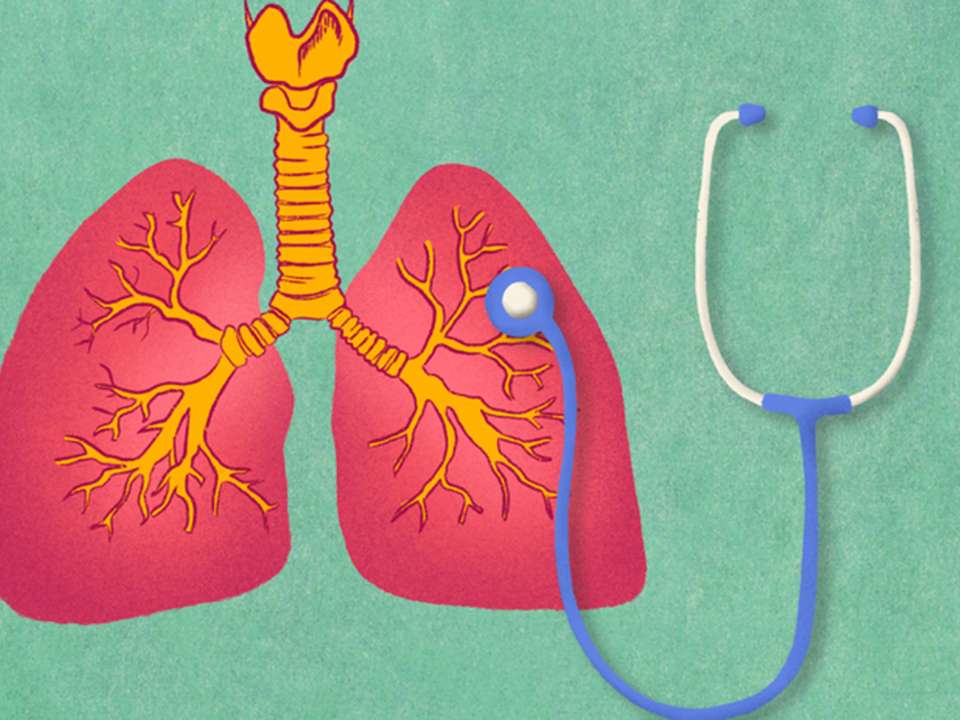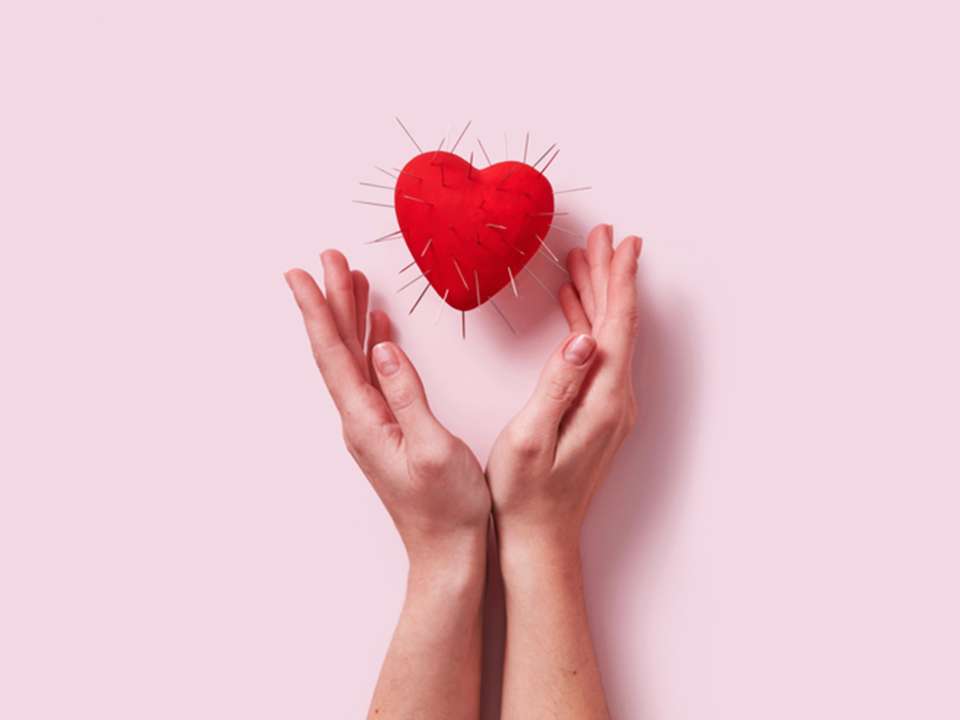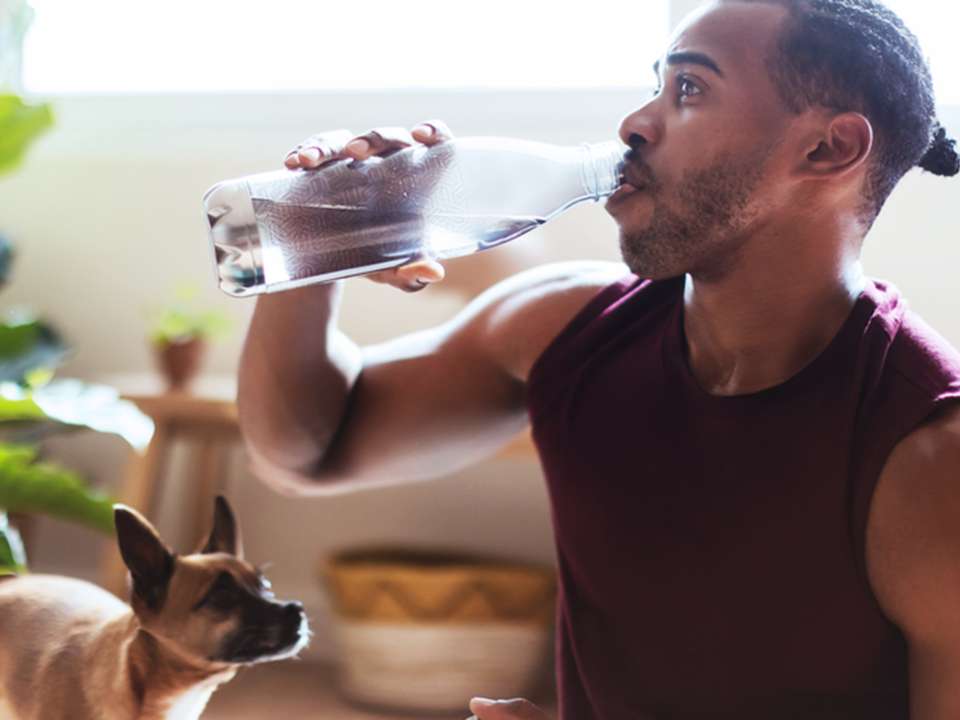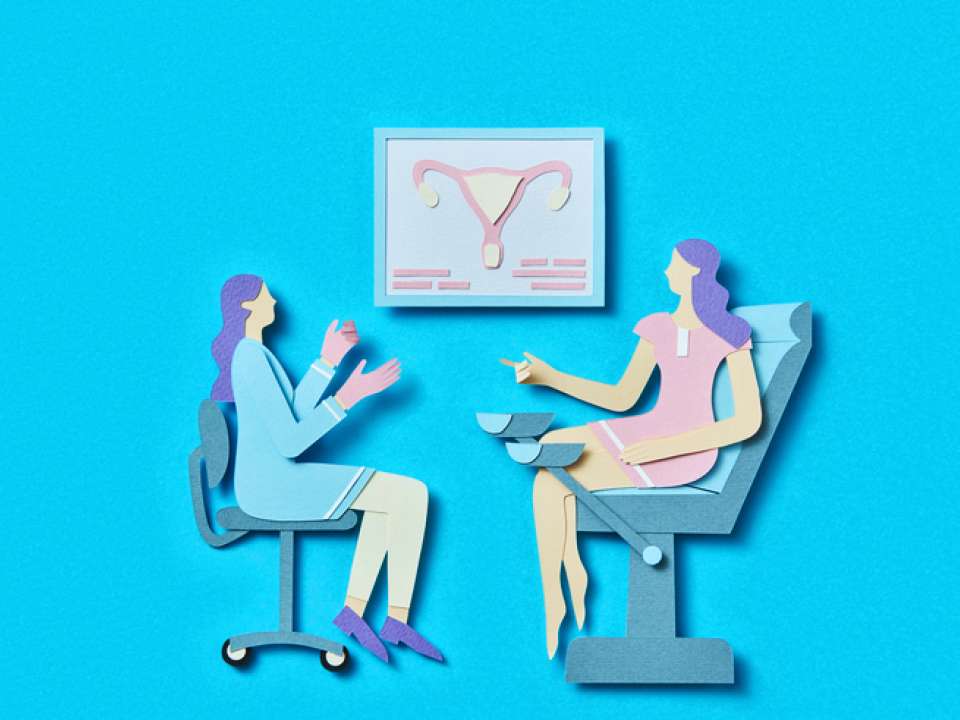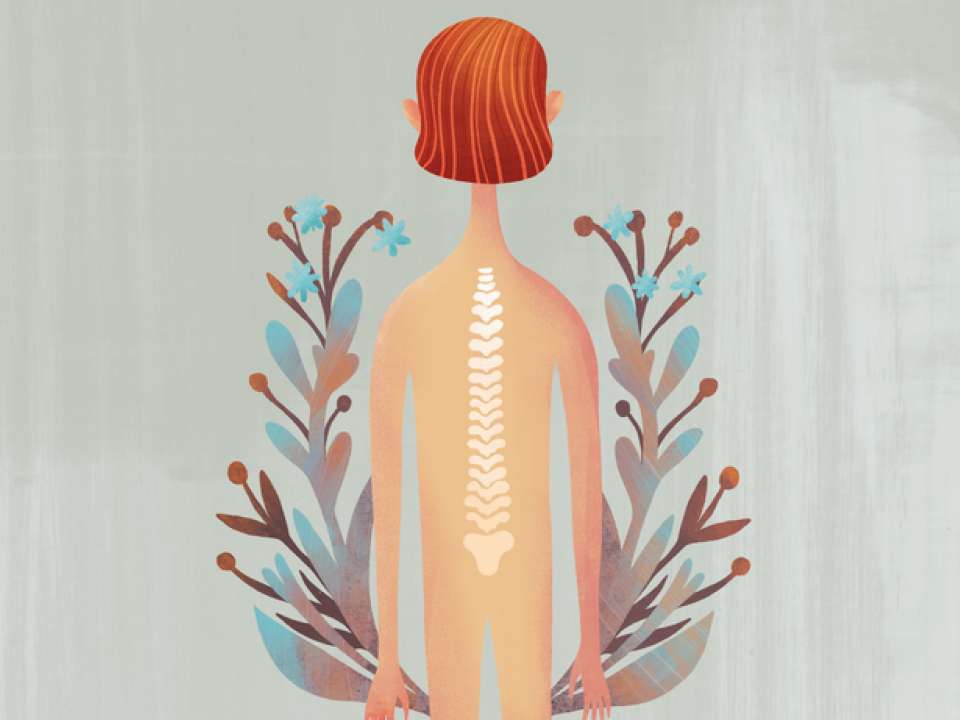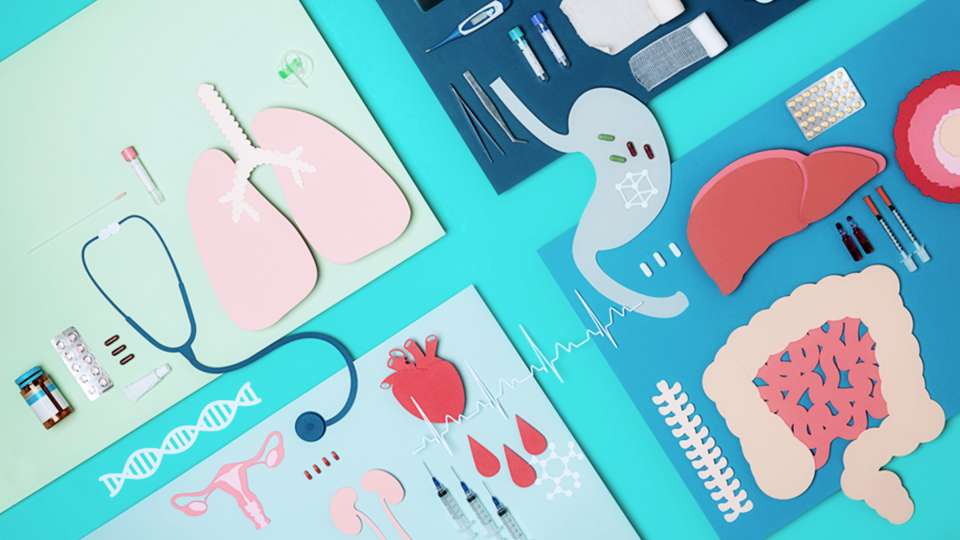
What happens to your body after you die is an extremely personal choice. From traditional burials to cremation to composting (yes, you read that right, you can compost your body when you die), there are more options than ever. There are also ways to donate your body, the most common being organ and tissue donation.
Less common, but just as impactful, is whole-body donation, when your remains are gifted to medical school training or research.
What is body donation?
The gift of your body to medicine is invaluable. As a whole-body donor, your body (cadaver) ensures future healthcare professionals understand the complexity of human anatomy.
“Anatomy is the language of doctors and they need to be fluent in that language,” says Catrin Pittack, associate teaching professor for Anatomy and the director of the Willed Body Program at the UW School of Medicine.
This is why body donation is essential to training the next generation of doctors and nurses. As good as the virtual anatomy models have become, they don’t allow students to learn how bodies differ between individuals nor understand the complex spatial relationships between the body’s tissues and organs, for example, how the nerves and arteries thread their way throughout the body.
Body donation helps more than just students. Healthcare professionals and researchers use cadavers for training, too.
For example, an orthopedic surgeon might need access to a cadaver to practice a new knee surgery technique, where the tissues need to be as realistic as possible. An otolaryngology resident might be learning how to do a cochlear implant, which would help patients with hearing loss.
It also allows medical researchers to contribute to life-saving care. Researchers might utilize the brains of donors who had Alzheimer's disease to study the pathology of the disease by using methods that are not possible in a living person, like taking slices of tissue to examine. Or they might be studying a specific type of cancer or a genetic disorder that increases a person’s risk of cancer.
What happens to a donated body?
It’s not as Edgar Allan Poe as it sounds.
When a registered donor dies, a health screening is completed to make sure the body is eligible for donation.
Unfortunately, not all bodies are accepted as donations. There are many reasons why a body could be ineligible, including severe trauma; infectious diseases like hepatitis, sepsis or COVID-19; skin conditions like extensive burns or ulcers; obesity or emaciation; jaundice; recent surgeries; and more. These rules and regulations are put in place to keep people safe when working with the cadavers.
If accepted into the program, a transport company brings the body to the morgue where there are trained funeral directors and embalmers.
From here, it’s a similar process as to what happens at a funeral home: The body is embalmed, replacing blood with embalming fluid to preserve the tissue.
“There is a slightly different ratio of embalming chemicals used in body donation programs as compared to a funeral home because the bodies need to remain preserved for up to three years,” says Pittack.
The embalming process itself takes three months before the body is preserved enough to be worked with in an anatomy lab. After embalming, the body could be in use for teaching or research from anywhere between two weeks up to three years.
Once the donation period is over, the body is cremated and either sent back to the family (if requested) or honored in a community burial ceremony.
“At UW, we have a service honoring the donors in a local chapel for family members. Some of the medical students talk, recite poems, or play instruments and it’s a really wonderful ceremony. We walk to the grave site together and offer our respects for the donor,” says Pittack.
Pittack works with donors regularly and has taught many students in anatomy labs throughout her career.
“The students are so grateful,” says Pittack. “They see the donor as their first teacher or patient — it’s an invaluable gift.”
What to consider before becoming a donor?
Deciding what to do with your body after death is a big decision. If you are considering becoming a whole-body donor, Pittack has some tips.
The first is to discuss the decision with your loved ones. In most willed-body programs, your remains might not be returned for up to three years, which is a big commitment when you’re talking about grief and closure.
“I would say talk it over with your loved ones and family members and make sure everyone is OK with it,” says Pittack. It’s important to be on the same page so your family knows what to expect and can be prepared, but ultimately, if you feel strongly about it, it’s your body and your final wish — so do what feels right.
It’s also essential to research the program you are thinking about donating to, adds Pittack.
“Do your research about the program and fill out the paperwork so there is a plan in advance,” she says.
Choosing what happens to your body when you die is a big choice, and one that you should feel informed and comfortable about when you make the final decision.
“Just know that it is an incredibly generous, selfless gift that you give,” says Pittack. “Our medical students couldn’t be learning about the complexities of the human body without these generous donations, and we are thankful and respectful of every donor who comes through our door.”

 Healthy ideas for your inbox
Healthy ideas for your inbox
